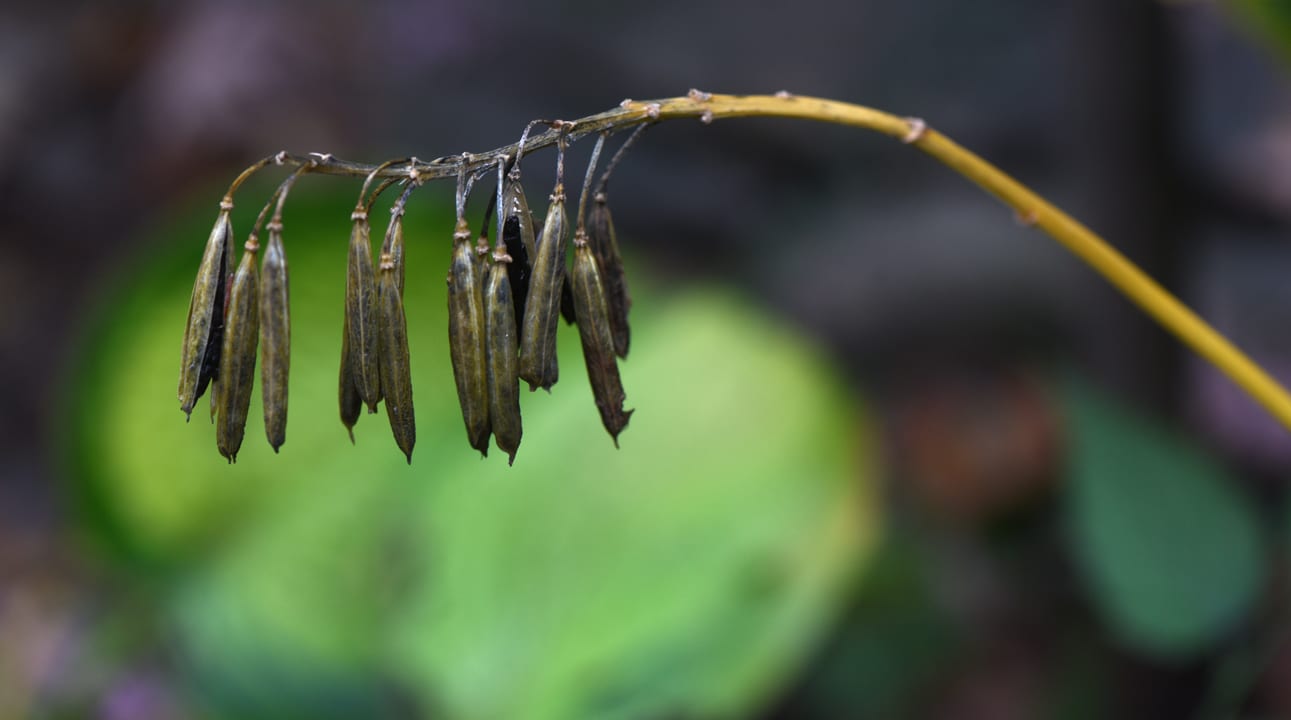
Gardening Green with Doug
How to Save and Store Seeds for Next Year’s Garden and Beyond
By Doug Oster
November 18, 2020
It’s a little after seven in the morning, and I’m answering garden questions on "The Organic Gardener" radio show. A listener wondered if seed companies would be slammed with orders like last spring. I could only guess, but my advice was to order early, as it appears the trend towards gardening will continue into next season.
Just then, my gardening friend and listener Bill Zeiner texted me, saying, “Received tomato seeds from Park Seed yesterday — new favorite is Chef’s Choice Black…DEElicious!”
Bill started ordering early. I’ll be doing the same, but there’s a way, even at this point in the season, to collect seeds from the landscape for free and use them in the garden for seasons to come.
Bill has saved ‘German Giant’ tomato seeds for 15 years and this season added ‘Brandywine.’
The ‘Chef’s Choice Black’ is a hybrid that uses conventional breeding techniques, crossing different varieties to create a new cultivar. I grow lots of hybrids, but when I want more seeds, I need to buy it from the supplier. Seeds saved from a hybrid are either sterile or will produce something different, often reverting to one of the parents used to create the hybrid, therefore those are not saved at the end of the season.
Hybrids are created for vigorous growth, a new color, bigger fruit, disease resistance — the list goes on.
But there is an entire world of plants called open-pollinated varieties, and its seeds will produce the same variety. For generations, gardeners have saved seeds from their favorites and passed them along to their kids.
Some flowers and vegetables are rarely hybridized, others are hard to find any other way. The catalog listing or plant tag will let you know if the plant is a hybrid. Saving seeds from the hybrids can be a fun experiment, but you’ll never know what you’ll get the next season. (I had saved hybrid slicing tomato seeds that produced huge beefsteak fruit the next year.)
Heirlooms are plants that were released into the garden trade at least 50 years ago. They are varieties that are open-pollinated.
Collecting and saving seeds is a way to save money and get lots of seeds to share with friends. You’ll be pleasantly surprised by the high germination rates.
Whether it’s a flower, vegetable, shrub or tree, the key to saving seeds is getting to the plant just before it discards its prodigy. Each one spreads them differently and getting the mature seed is important.
Seeds are living and breathing organisms, when they are at their best, they will have enough energy stored to sprout and begin to grow.
A tomato is a seed delivery system for a plant, so is a cucumber and so is a bean. Zinnias, marigold and most other plants grow, bloom, flower, set seed and then release them into the world to procreate.
Big seeds like beans are the easiest. If they are still left in the garden, the pods will dry and the seed is easily removed from the brittle pods. Morning glories produce round pods, filled with black seed.
It’s fun to figure out exactly how certain plants make and release their seeds, and once you do, it’s simple to dry and store them for the next planting.
How to dry seeds
Take the seeds and put them on paper to let them dry for a couple of days. Be sure to label them as it's maddening to realize there are three different cosmos varieties in front of you that all look the same. Without the ID, it means waiting until they grow and bloom to figure out which cultivar is which. It’s critical to keep them dry, if they get any moisture at all, they might never germinate.
How to store seeds
Coin envelopes from an office supply store work great to store seeds. Then, store these in Mason jars, or another airtight container. Store that jar or container in a cool, dark place like the basement. Most seeds will last for years or longer.
How to save tomato seeds
Tomatoes need a special process for saving seeds. Squeeze the pulp and seeds into water and stir them once a day for two or three days. This ferments the seed, removing the gelatinous coating which stops the seed from germinating inside the fruit. I like to dry them on a bleached coffee filter, as the seeds don’t stick to it.
How to test seed viability
To test seed viability for old seeds, put 10 seeds in a moist paper towel and then in a resealable plastic bag. Check the seeds in a week or so and see how many sprouted. If it’s higher than 50 percent, they’ll be fine to plant.
One of the most wonderful surprises seed savers discover when planting their seeds is how many germinate; it’s can be higher than 90 percent.
While looking through my seeds, I stumbled on to some ‘Cherokee Trail of Tears’ pole beans seeds, saved in the early 1990s. The little jar has the name of the beans scribbled out by my son when he was five or six years old. We worked together on the project. He’s in his thirties now, but I put those seeds in some moist paper towels and every single one sprouted.
Saving seeds is a tradition that goes back centuries. I hope the seeds I’ve saved over the years will be passed along to my children and grandchildren.
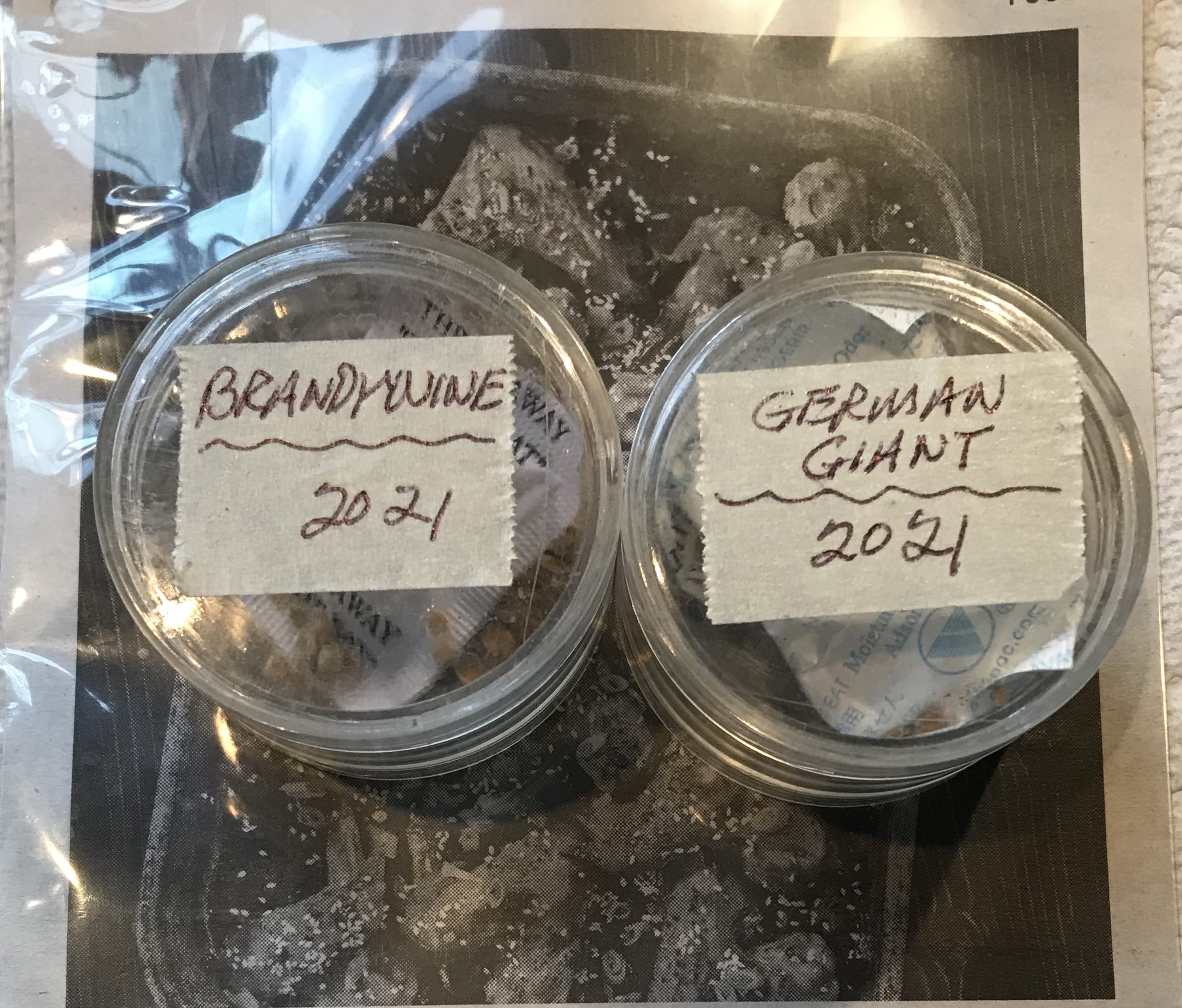
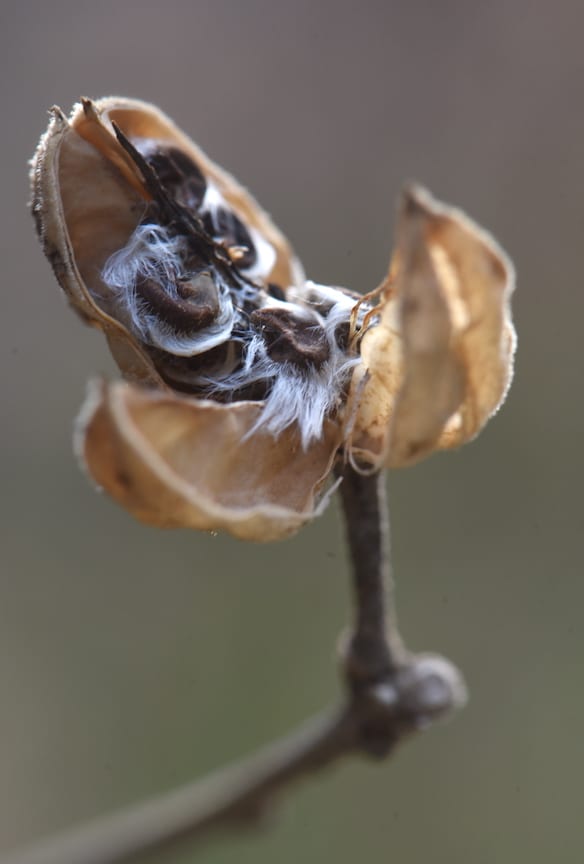
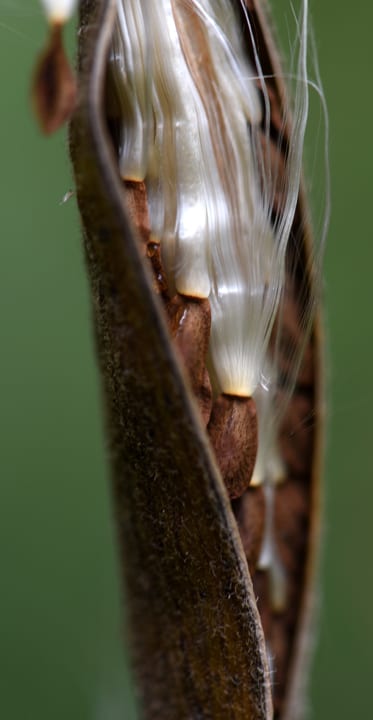
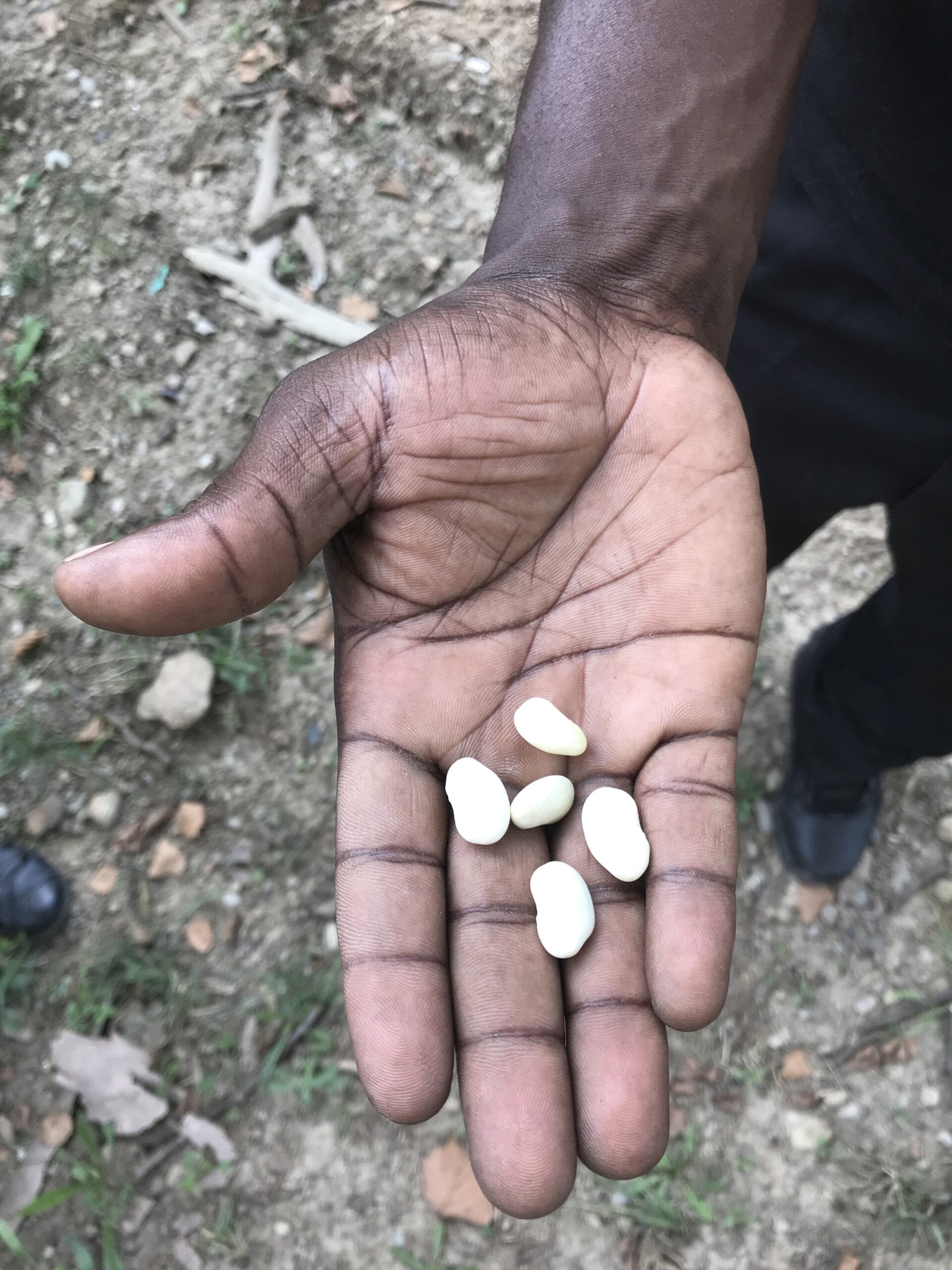
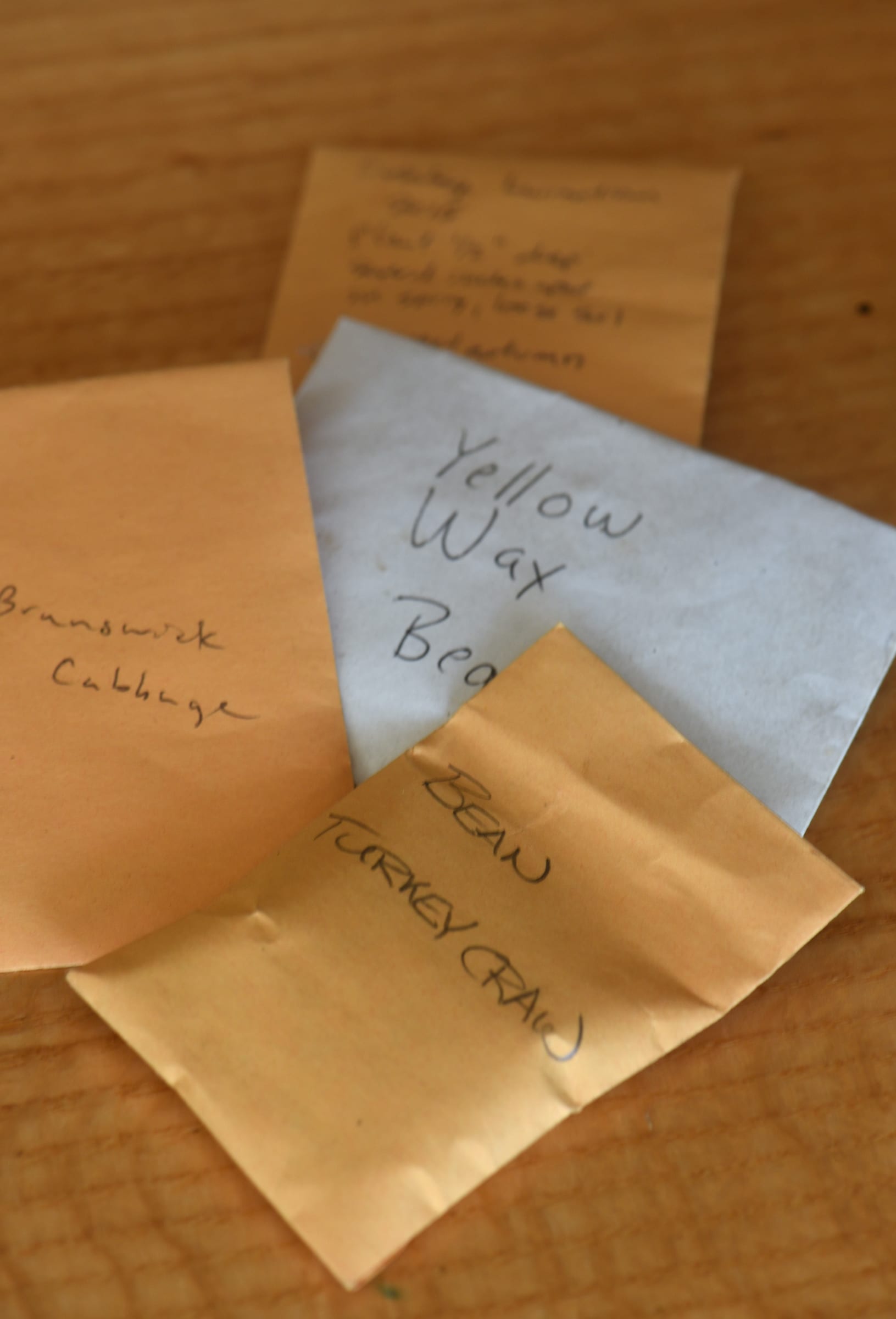
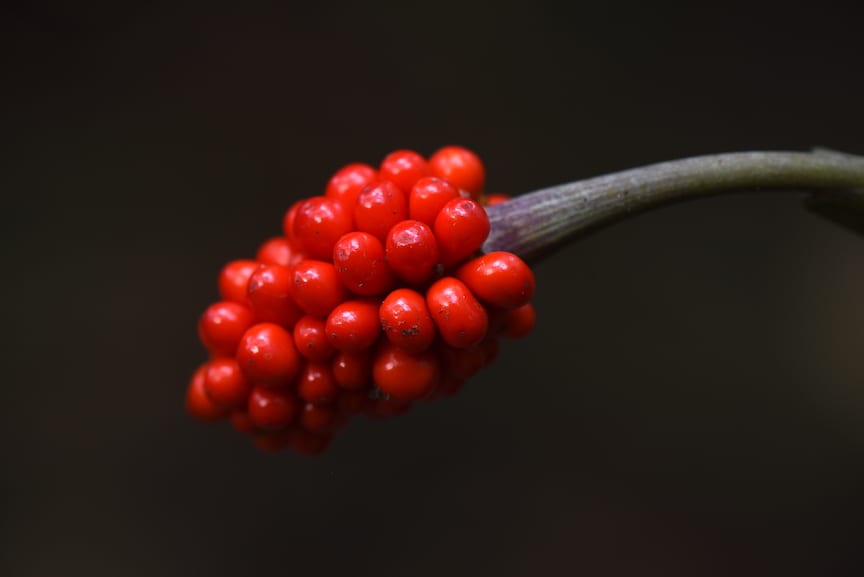

I just had peat moss without vermiculite ,will that be alright for my amaryllis bulb to grow?
[…] Saving seeds from the garden is easy, fun and saves money too. […]